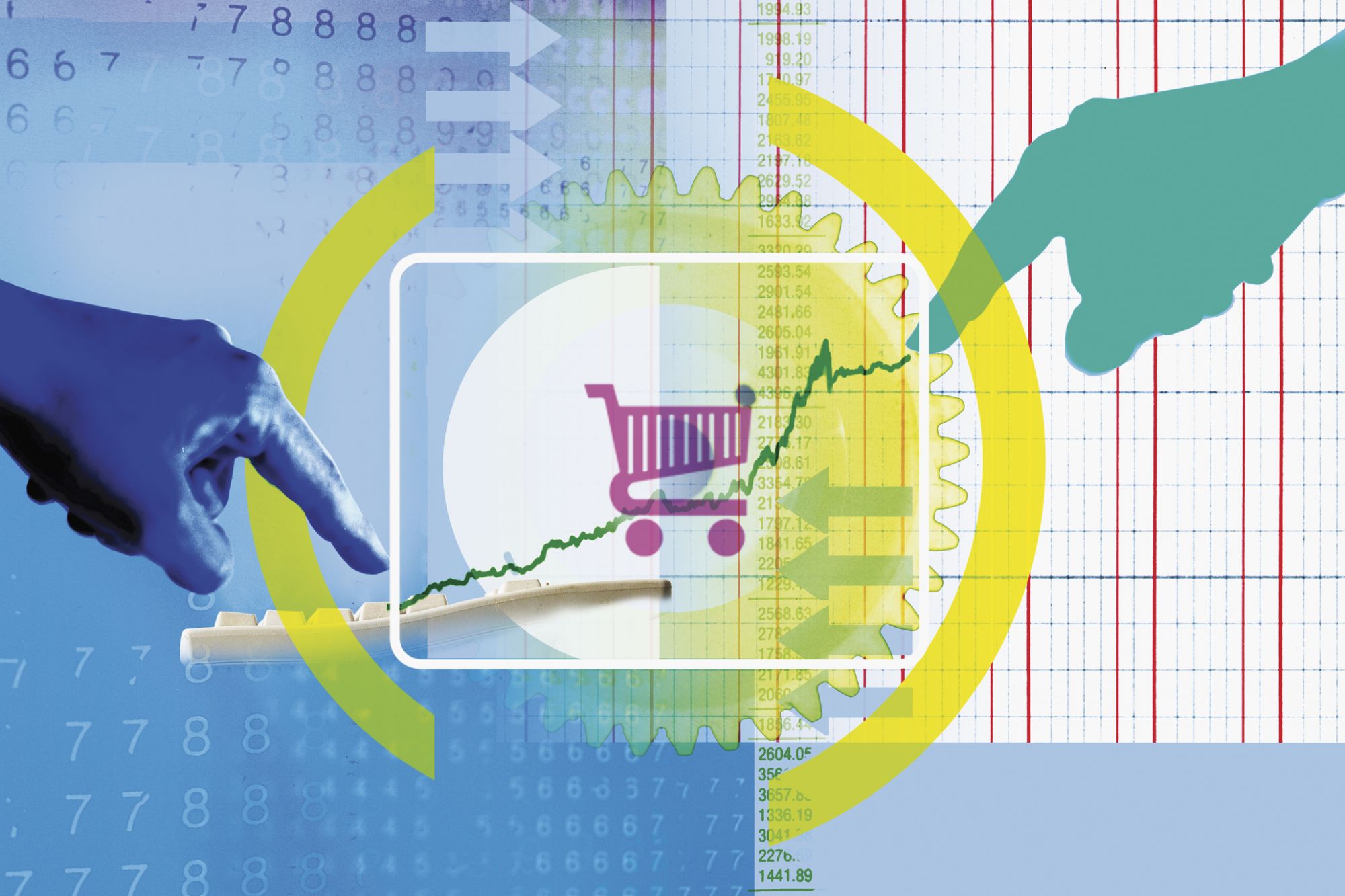You Can Use Data to Woo Your Customers -- Here Are 3 Ways How. Want more emotionally connected buyers? Make data your wingman.
By Peter Daisyme Edited by Dan Bova
Opinions expressed by Entrepreneur contributors are their own.

Many people consider themselves loyal to at least one, if not several, brands. Yet in many cases, the difference among competing brands' actual products or services is barely noticeable, especially to outsiders.
Really, is one restaurant's chef salad so much better that it's worth a 30-minute cross-town drive? Could a hardware supplier honestly operate light years ahead of its competition -- even if both companies sell basically the same items at comparable prices?
To fans, the response is always "yes." But what makes people so devoted to a name or logo? Why is Dunkin' Donuts the coffee of choice when another doughnut shop's brew could be just as tasty?
Related: The Psychology of Brand Loyalty: 5 Key Takeaways
The answer can be found in both our brains and hearts. Basically, when we've fallen head over heels for a certain brand, it's a tough bond to break. As a Harvard Business Review piece pointed out, in the retail fashion industry, fanatic fans have said that they would willingly pay 2.3 times more to buy their preferred brands.
Knowing this, marketers ought to seek to evoke warm feelings among purchasers and prospects -- then capitalize on those feelings.
They can do it with the assistance of cold, hard data.
Using data to form bonds between buyers and brands
Every solid relationship needs an emotional connection to survive. Luckily, marketers don't have to wait for Cupid to shoot his arrow. Using data and statistics, they can map out winning strategies to woo customers, sometimes winning them over for life.
What's the upshot of poring over data streams to discover the secret to a more secure, buyer-seller partnership? Customers who feel more connected tend to be 52 percent more valuable than even customers who are satisfied with a brand, according to that same HBR article. They talk on social media. They create buzz around new products. They may even make direct referrals. And in some industries, they're known for spending twice as much.
If these figures excite you, why not take advantage of the human craving for engagement? Develop a plan to better use your data for some old-fashioned connection-making. Here's how:
1. Discover what you and your customers have in common.
Commonalities can lay the foundation for a strong relationship because they bolster a sense of connection. You've likely bonded with someone over your mutual love of a movie, a shared hobby or similar cultural values. The same can be true of the bond you seek to establish between your brand and your customers.
Finding commonalities is vital, a process Mark Bradley, president of creative agency Bradley and Montgomery, describes as the identification of "leverageable loves." As he explained in an article for Marketo, "There's a deeper reason why people decide to take a personal stake in a brand. By using qualitative and quantitative data, you can unveil these reasons by understanding what your target audience loves, believes in and gets excited about."
Use information about your customers to determine what your brand has in common with them; in other words, find their leverage-able loves. Maybe it's a dedication to sustainability -- as with Patagonia, a company that has been vocal about its environmental advocacy efforts -- or a passion for making a house feel like a home -- which Ikea capitalized on for its #JoyOfStorage campaign.
Related: How to Convince Customers to Buy From You and Not the Competition
2. Personalize your customers' memorable brand experiences.
After you get to know your customers, thoughtfully plan experiences based on their preferences -- just as you would prepare for the perfect date. Individualize all of the touchpoints consumers have with your brand by customizing their seemingly unique journeys.
Why only "seemingly unique"? You'll no doubt discover as you cull through your data that many buyers follow similar buying habits. When it comes to customer data, you should share your insights companywide so that everyone can use that information to influence the way in which they contribute to your customers' respective journeys.
Knowing what channels your customers prefer, what content they frequently read and what products or services they purchase most, gives you a more holistic view of their overall experience with your company.
From there, you can make informed decisions to provide an even better, more personalized experience. Maybe this means tweaking the algorithm you use to suggest "recommended for you" items on your ecommerce site. If you take this step toward using big data to shape your customer experience, you'll already be ahead of the game: After all, 61 percent of CMOs, according to a study by the CMO Council, say they aren't using big data adequately.
3. Be responsive as heck with some AI help.
Communication and support are important in relationships, and focusing on these things can help you win over customers, too. Be available for your customers when they need you, not just when it's convenient for you.
Fortunately, you don't have to employ folks 24/7 to accomplish this. AI technologies make it possible for your brand loyalists to feel that you're there for them, even when bots take the con. Use AI and machine learning to do everything from listening to what's being said about your company online to sorting inquiries via a sort of "triage" hierarchy.
Worried that jettisoning your human customer service agents could ding your reputation? Good thing there's no need to. Knoah, which handles customer experience for both SMBs and Fortune 500 companies, has been leveraging AI to assist -- not replace -- its live customer service agents. An AI assistant makes agents more productive by providing relevant content they can share with customers, recommending responses and product information and helping them confidently take part in multiple customer chats at once.
Related:4 Ways You Can Use AI to Enhance Every Step of the Customer Journey
The overall message here? The world could use some more love -- and so could your brand. To woo a legion of devoted fans, make data your wingman.











